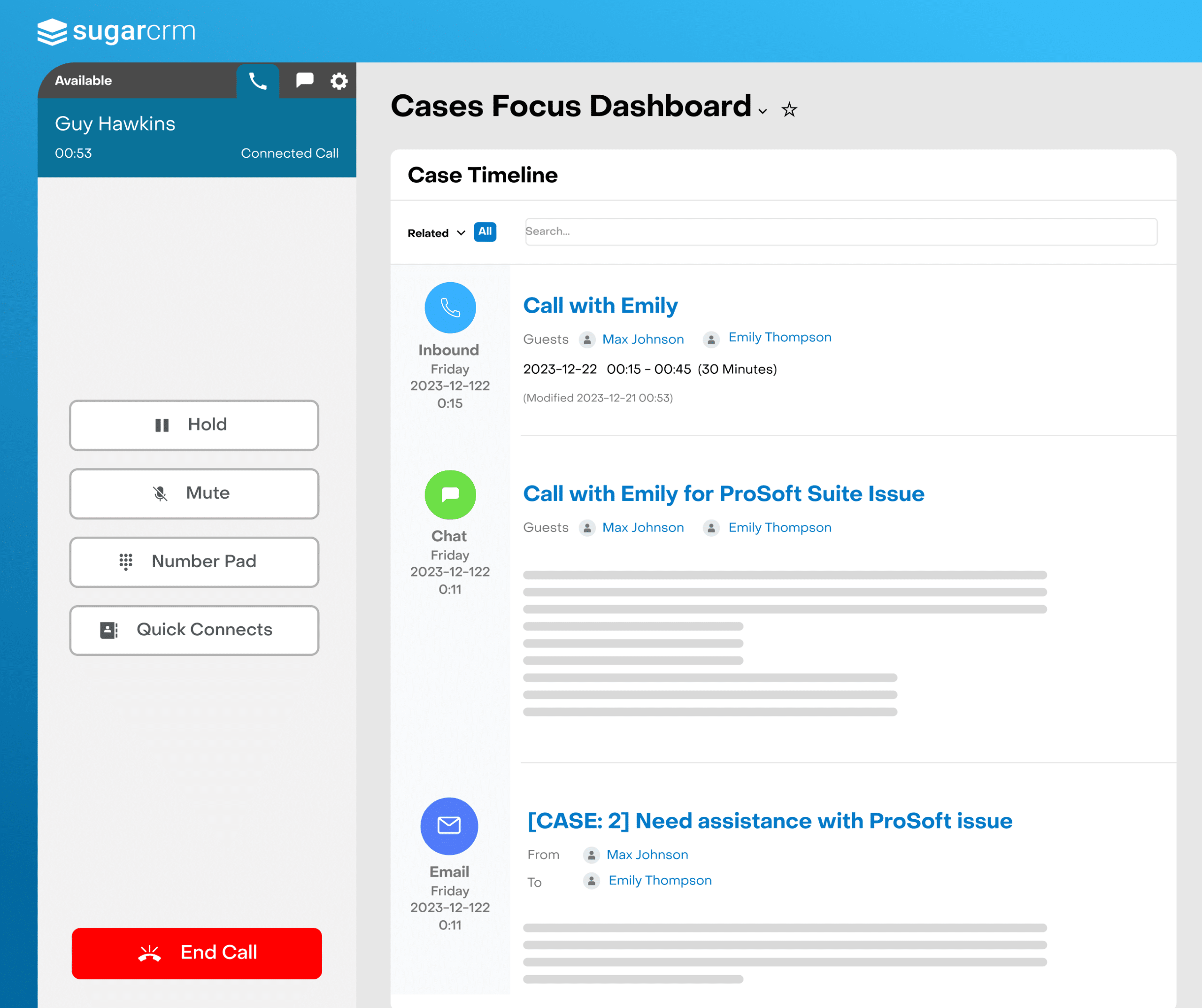How the Utility Industry Can Use CRM to Double-Down on Customer Experience
A digital ‘whirlwind’ is blowing strong and furious across many industries, but for the utility industry, that’s just the tip of the iceberg. From boosting cybersecurity measures to improving environmental sustainability to increasing scrutiny from regulatory bodies, the Australian utility industry is currently facing a plethora of challenges.
Many companies are now turning to their CRM to help both aid in customer retention and prevent customer churn. Because of this shift in customer expectations and needs, forward-thinking utility executives are placing a higher emphasis than ever on being proactive with their customer support strategies.
Why Customer Retention Should be on the Top of Every Utility Executive’s Mind.
It’s no surprise that the threshold for a customer’s price sensitivity is higher than ever due to inflation and skyrocketing prices across the board. As a result, their natural reaction is to question the rising cost of living by demanding more information about their utility rates and urging companies to give them more control over usage. In this new age of shifting buying norms, if customers are unhappy with their current provider, they will not hesitate to switch or to find new, alternative ways to reduce or cut utility services.
The easiest and quickest way to retain customers is to reduce prices, but that can also easily translate into losing customers if they can find or enjoy even better prices somewhere else. This is why agile utility companies are quickly recognizing that they will have a higher chance of success if they start to address these issues head-on.
The real question for industry leaders then becomes: How can we increase customer satisfaction whilst reducing associated costs? The answer can both be complex and yet simple at the same time.
How To Use Customer Experience as a Way to Address Shifting Supply and Demand Needs
In Australia, utility companies are facing unprecedented times that are marred with not only more regulatory scrutiny and potential restrictions but also the shortage of challenges stemming from increased competition, competitive pricing as well as the increasing plethora of consumer choices.
Undoubtedly, the cost of customer acquisition has gone up and may continue to do so. While there may be a few different ways of looking at the ratio between customer lifetime value (CLV) and customer acquisition cost (CAC), it is fair to say that, generally, these acquisition costs can only be fully justified when you are able to retain your (profitable) customers for as long as you can.
Within the utility industry, customers have set expectations about how they can track monthly usage every month, view and pay bills online, communicate regularly, and access support across all service channels. The best way to become proactive about meeting and exceeding these expectations would be to know more about your customers than your competitors do. But how do you do that?
When it seems like your customer base is starting to slip through the cracks, there are a few things companies can do to start to be proactive about customer retention. Below are five ways utility companies can use their CRM to grow and implement a solid customer support strategy.
5 Ways You Can Use Your CRM to Prioritize Customer Retention
-
360 view of the customer
You can use your CRM to gather and store data from every interaction your company has with a customer. You can use your CRM as a central hub of knowledge and data that you can pull insights from to better understand your customer preferences, utility usage, behaviour pattern, and more. With such insights, you will be able to not only retain but also cultivate any potential up and cross-selling efforts.
-
Field service management
As consumers ourselves, we know firsthand the anguish of waiting for someone to be at your door to fix your problems or having to repeat your story to too many people in the process of getting something fixed. In order to remedy those annoyances, you can use your integrated CRM to ensure that everyone has access to real-time and updated customer information. With accurate and reliable information at the ready, your home and field teams are aligned and armed with the ability to provide top-notch services to your customer every step of the way.
-
Process Integration
Creating exceptional customer experience is never a standalone job. Your CRM should allow you to perform seamlessly—from reading the meter all the way through to customer billing. Creating a frictionless experience for customers means allowing them to complete their customer journey without any impediments. Without the support of your CRM, you run the risk of losing track of open queries, deals, or even where customers are in their buying process with you—all things that can lead to poor customer experience.
-
Self Service
Not all customer inquiries need a call with your contact centre team. They want information and fast answers, so getting that information on their own terms may just be just what they were looking for. This contributes to the creation of a frictionless experience and is also a good way to free up your customer service team to attend to much more complex matters where intricate attention is required.
-
Analytics and metrics
When looking to optimize your customer’s experience with your company, relying on data and metrics to serve as benchmarks is your best way to turn prospects into life-long customers. This can help your teams to monitor key performance indicators, track changes in real time, and allow your data and insights to be tools in your decision-making processes. When combined, that aggregated data can help inform your strategies and processes aimed at strengthening customer relationships.
Putting Customer Experience at The Forefront of Your Go-To-Market Strategy
Creating customer experiences that both build relationships with new customers and retain current customers requires the involvement of many parties. Therefore, creating a seamless and frictionless process internally will need collaboration across a variety of different parties and should be facilitated through the use of technology. The best place to start this process is with your CRM.
Your CRM is the number one tool leaders can use to actively drive revenue, increase efficiency, and deliver unmatched customer buying experiences. If you’re interested in learning more about the benefits of a CRM and how it can help you connect with customers and adapt to new buying expectations, check out our guide, “Customer Service Essentials for CX Success”.


